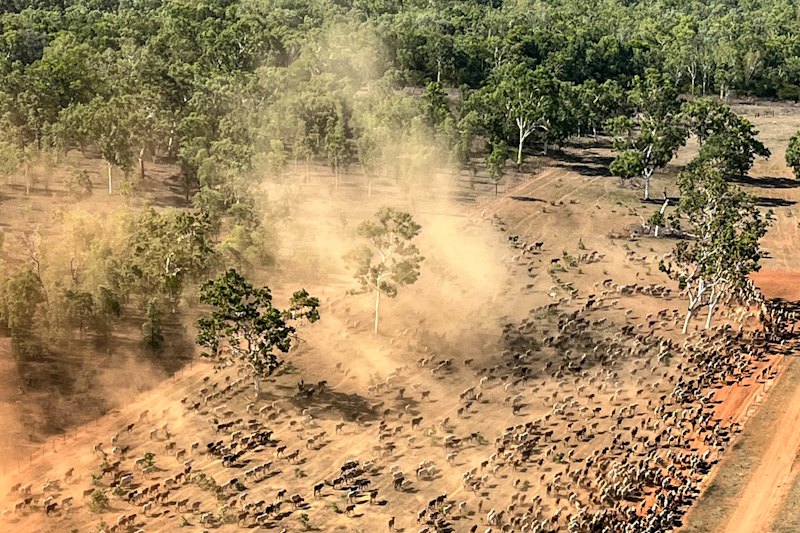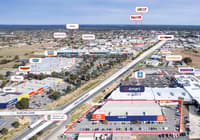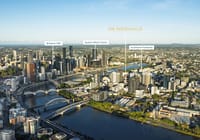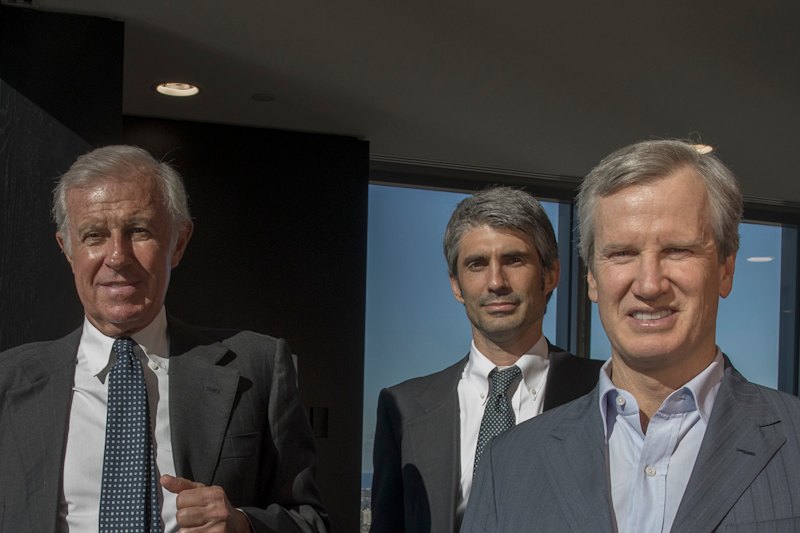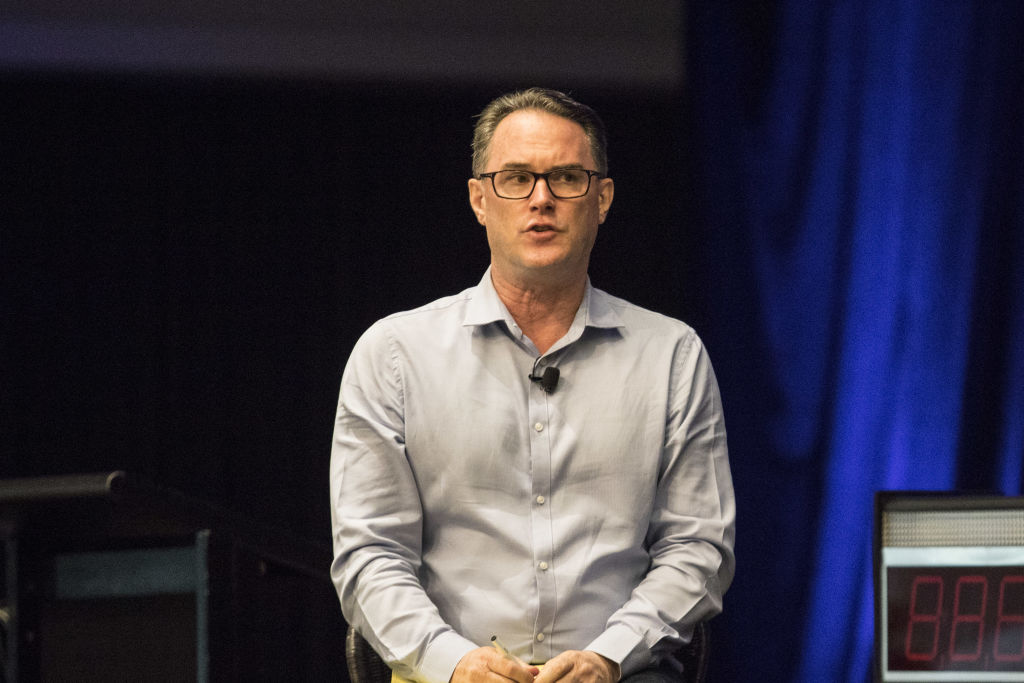
Slow recovery in real estate is an opportunity
The nation’s commercial property could take five to 10 years to recover from the COVID-19 pandemic, suggests John McGrath, the founder and executive director of ASX-listed real estate agency McGrath.
This could present some good opportunities for investors.
According to McGrath, with many Australians still working from home or operating on reduced hours in the office, companies are going to work out that most of them don’t need the amount of space they currently have.
“What this means for companies is if they can’t get out of a lease, they’re going to try renegotiate, or they’re not going to take up some additional space when their lease runs out.
“I think that’s going to mean there has to be an oversupply in the next couple of years of commercial space, which can only lead to one thing – reduced rents.
McGrath’s sentiments are backed up by research undertaken by MSCI, who surveyed 400 global real estate managers and investors at their Australia Property Investment Webinar in August.
Back then, the general consensus was social distancing, remote working and changing mobility trends could affect growth in property income and, by extension, investment returns in large global cities such as Sydney.
This bearishness on property spilled from more than three quarters of those surveyed believing a hybrid return-to-work approach could have a negative effect on prices as corporates realise they won’t need as much real estate.
Yet MSCI made it clear this wasn’t completely clear-cut because while some areas of commercial real estate might suffer, there was still going to be a demand for high quality property in good locations.
In other words, while a city such as Sydney might suffer in some areas, it all depends on the old property mantra of “location, location, location”.
McGrath agrees “prime is always prime” and “if you’re in Sydney’s Chifley Tower or Pitt Street Mall, you’re probably going to be safe as a landlord because there’s going to be ongoing demand for the best locations”.
Conversely, McGrath says “anything that’s sub-prime, or B-grade, there’s going to be a bit of pressure on rents coming down and that’s going to bring assets values down,” he says.
Bearing this in mind, McGrath sees some commercial property being retro-fitted into residential development while others might just have to bear the brunt of values dropping by around 20 per cent.
“Hopefully it will pick back up again but I do think commercial and retail, because of COVID, have seen their trajectory change a bit,” McGrath says.
As for the real estate market in general, McGrath says the big cities are always going to be a good investment for residential and commercial investors.
“They always feel expensive but after five or 10 years have passed, they look cheap.”
Outside of the larger cities, he says regional areas are currently stronger than they have ever been before as the changing nature of work (accelerated by COVID-19) is seeing more people not needing to spend a full week in the office so they’re looking to buy for lifestyle rather than proximity to work.
“Once upon a time, some of those regionals were a little bit hit-and-miss but now, I think if you pick the right lifestyle regional, and if it’s within two hours off a major airport or major city, you’re going to do very nicely.”


